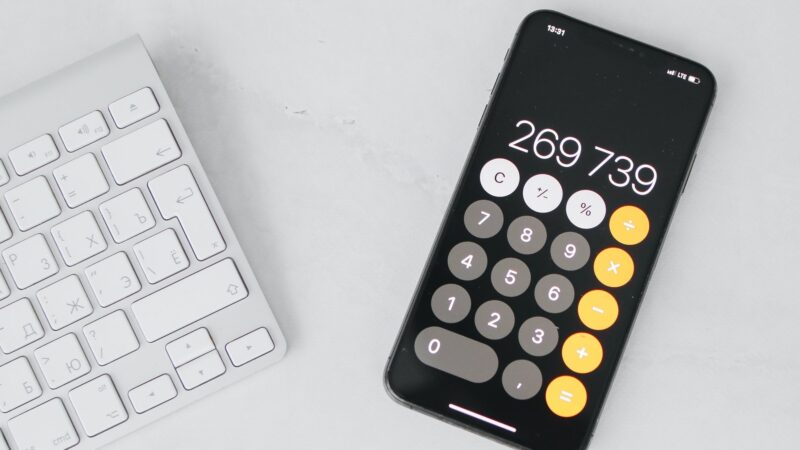In today’s digital age, trading apps have emerged as powerful tools that allow individuals to participate in financial markets with ease. Whether you’re a beginner or an experienced investor, these apps provide a user-friendly platform to buy and sell securities, track market trends, and potentially build wealth. In this beginner’s guide, we will demystify trading apps and provide you with a comprehensive understanding of how to get started.
First and foremost, it’s essential to understand the basics of trading. Trading involves buying and selling financial instruments, such as stocks, bonds, commodities, or currencies, with the aim of making a profit. Trading apps facilitate this process by providing a digital platform that connects investors to various markets.
To begin trading, you’ll need to choose trading apps that suits your needs. There are numerous options available, each with its own features, fees, and supported markets. Popular trading apps include Robinhood, E*TRADE, TD Ameritrade, and Interactive Brokers. Take the time to research and compare different apps to find the one that aligns with your investment goals and preferences.
Once you’ve chosen trading apps, the next step is to open an account. This typically involves providing some personal information, such as your name, address, and social security number, to verify your identity. You may also need to link a bank account to fund your trading activities.
After opening an account, it’s crucial to familiarize yourself with the app’s features and functionalities. Most trading apps offer real-time market data, research tools, and educational resources to help you make informed trading decisions. Take advantage of these resources to learn about different investment options, understand market trends, and develop your trading strategies.
When it comes to trading, it’s important to remember that risk is inherent. Prices of financial instruments can fluctuate rapidly, and there is always the potential for loss. Therefore, it’s crucial to approach trading with a well-thought-out plan and risk management strategies. Diversifying your portfolio, setting stop-loss orders, and staying updated with market news are some ways to mitigate risk.
Before executing your first trade, it’s advisable to start with a small amount of capital. This allows you to gain hands-on experience and learn from your trades without risking significant losses. As you become more confident and proficient, you can gradually increase your investments.
It’s also worth noting that trading apps offer different order types. The most common order types include market orders, limit orders, and stop orders. A market order instructs the app to buy or sell a security at the prevailing market price. A limit order allows you to set a specific price at which you are willing to buy or sell a security. Stop orders trigger a buy or sell order when a specified price is reached. Understanding these order types is crucial for executing trades effectively.
Lastly, it’s essential to stay disciplined and avoid succumbing to emotional biases. The market can be unpredictable, and it’s easy to get carried away by fear or greed. Stick to your trading plan, make decisions based on rational analysis, and avoid impulsive trades.












